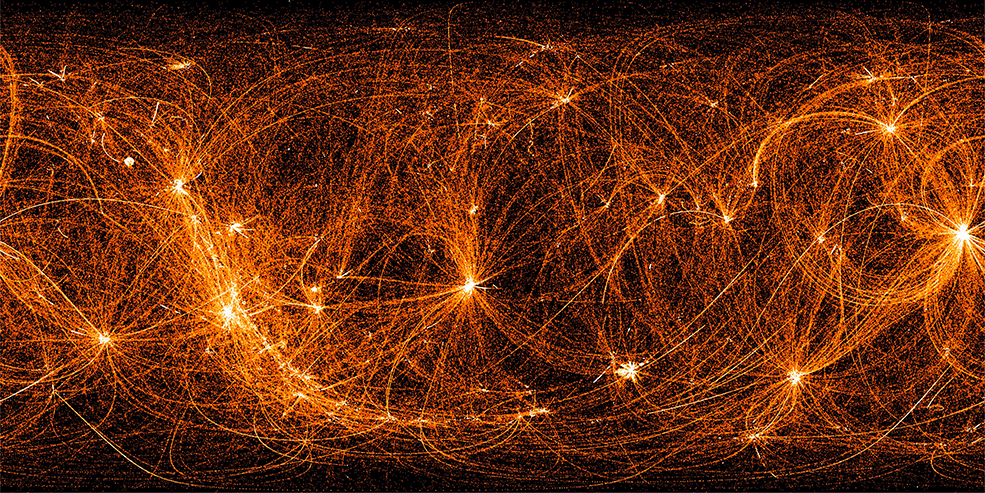Gravitational-wave astronomy is still in its infancy. LIGO and other observatories have opened a new window on the universe, but their gravitational view of the cosmos is limited. To widen our view, we have the North American Nanohertz Observatory for Gravitational Waves (NANOGrav).
Continue reading “Astronomers see a Hint of the Gravitational Wave Background to the Universe”Astronomers Measure a 1-billion Tesla Magnetic Field on the Surface of a Neutron Star
We recently observed the strongest magnetic field ever recorded in the Universe. The record-breaking field was discovered at the surface of a neutron star called GRO J1008-57 with a magnetic field strength of approximately 1 BILLION Tesla. For comparison, the Earth’s magnetic field clocks in at about 1/20,000 of a Tesla – tens of trillions of times weaker than you’d experience on this neutron star…and that is a good thing for your general health and wellbeing.
Neutron stars are the “dead cores” of once massive stars which have ended their lives as supernova. These stars exhausted their supply of hydrogen fuel in their core and a power balance between the internal energy of the star surging outward, and the star’s own massive gravity crushing inward, is cataclysmically unbalanced – gravity wins. The star collapses in on itself. The outer layers fall onto the core crushing it into the densest object we know of in the Universe – a neutron star. Even atoms are crushed. Negatively charged electrons are forced into the atomic nuclei meeting their positive proton counterparts creating more neutrons. When the core can be crushed no further, the outer remaining material of the star rebounds back into space in a massive explosion – a supernova. The resulting neutron star, made of the crushed stellar core, is so dense that a single sugar-cube-sized sampling would weigh billions of tons – as much as a mountain (though if you’re “worthy” you MIGHT able to lift it since Thor’s Hammer is made of the stuff). Neutron stars are typically about 20km in diameter and can still be a million degrees Kelvin at the surface.
But if they’re “dead,” how can neutron stars be some of the most magnetic and powerful objects in the Universe?
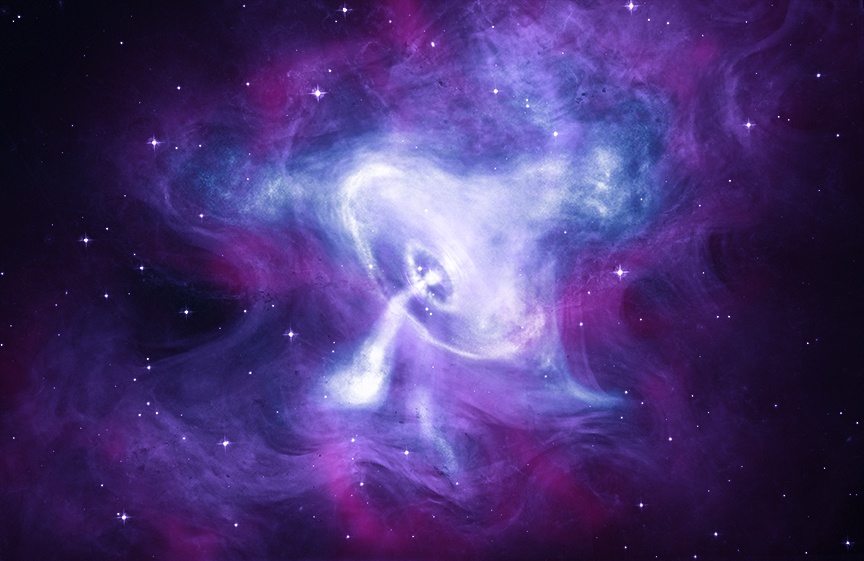
Why Pulsars Are So Bright

When pulsars were first discovered in 1967, their rhythmic radio-wave pulsations were a mystery. Some thought their radio beams must be of extraterrestrial origin.
We’ve learned a lot since then. We know that pulsars are magnetized, rotating neutrons stars. We know that they rotate very rapidly, with their magnetic poles sending sweeping beams of radio waves out into space. And if they’re aimed the right way, we can “see” them as pulses of radio waves, even though the radio waves are steady. They’re kind of like lighthouses.
But the exact mechanism that creates all of that electromagnetic radiation has remained a mystery.
Continue reading “Why Pulsars Are So Bright”How the World’s Biggest Radio Telescope Could be Used to Search for Aliens

In 2016, China’s Five-hundred-meter Aperture Spherical radio Telescope – the largest single-aperture radio telescope in the world – gathered its first light. Since then, the telescope has undergone extensive testing and commissioning and officially went online in Jan of 2020. In all that time, it has also been responsible for multiple discoveries, including close to one hundred new pulsars.
According to a recent study by an international team of scientists and led by the Chinese Academy of Sciences (CAS) suggests that FAST might have another use as well: the search for extraterrestrial intelligence (SETI)! Building on their collaboration with the non-profit science organization Breakthrough Initiatives, the authors of the study highlight the ways in which FAST could allow for some novel SETI observations.
Continue reading “How the World’s Biggest Radio Telescope Could be Used to Search for Aliens”A Star Has Been Found That Pulsates, But Only on One Side
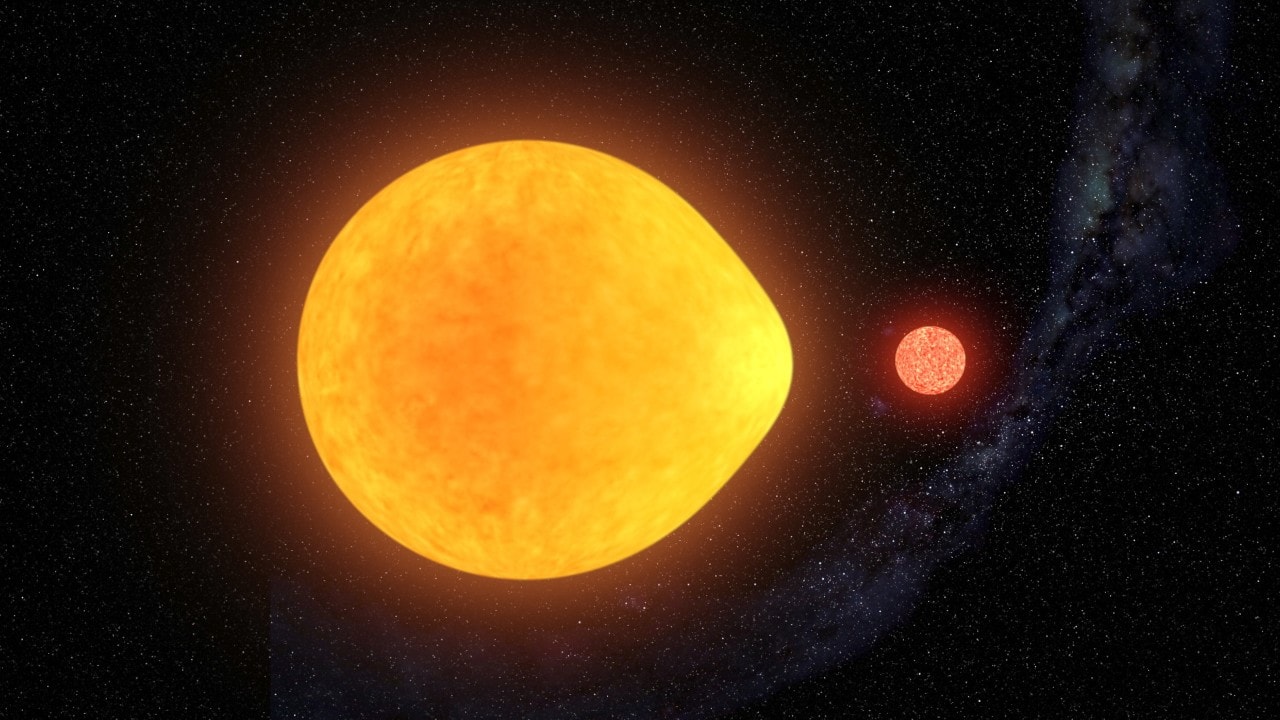
In the 17th century, astronomers witnessed many stellar events that proved that the starry sky was not “fixed and eternal.” This included stars whose brightness varied over time – aka. “variable stars.” By the 20th century, many variable stars had been cataloged and astronomers have discerned subclasses of them as well – notably, stars that swell and shrink, known as pulsating variables.
In all cases, these variable stars were found to have rhythmic pulsations that were visible from all sides. But a recent discovery by an international team has confirmed that there are variable stars that can pulse from only one side. This pulsating star, part of a system known as HD 74423, is located about 1,500 light-years from Earth and is the first of its kind to be found.
Read moreDark Matter Could Be A Source of Gamma Rays Coming from the Center of the Milky Way
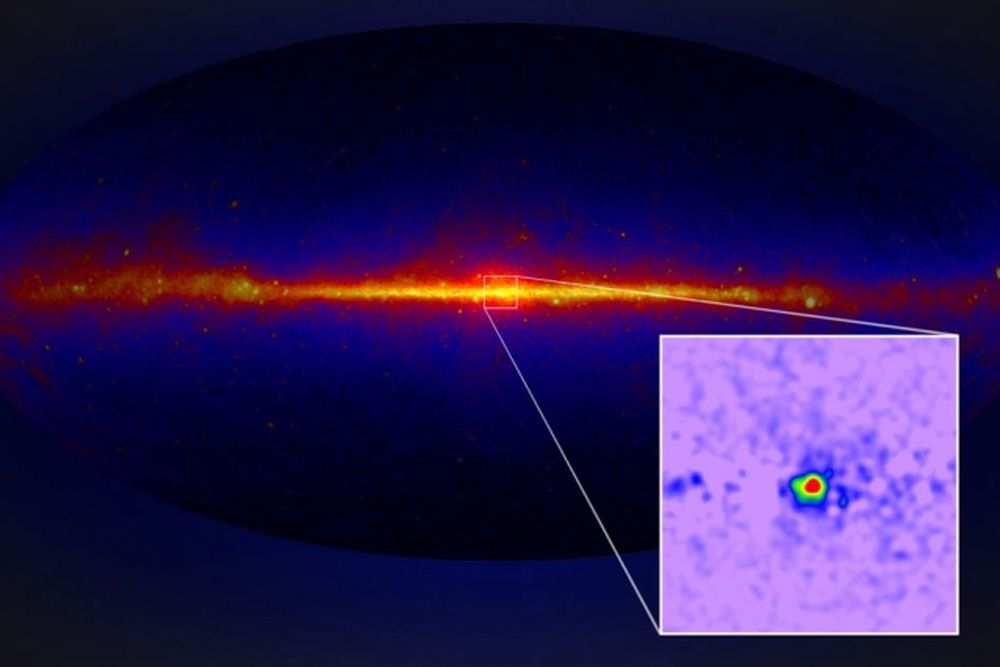
There’s a lot of mysterious goings-on at the center of the Milky Way. The supermassive black hole that resides there is chief among them. But there’s another intriguing puzzle there: an unexpected spherical region of intense gamma ray emissions.
A new study suggests that dark matter could be behind those emissions.
Continue reading “Dark Matter Could Be A Source of Gamma Rays Coming from the Center of the Milky Way”This is the Milky Way’s Magnetic Field
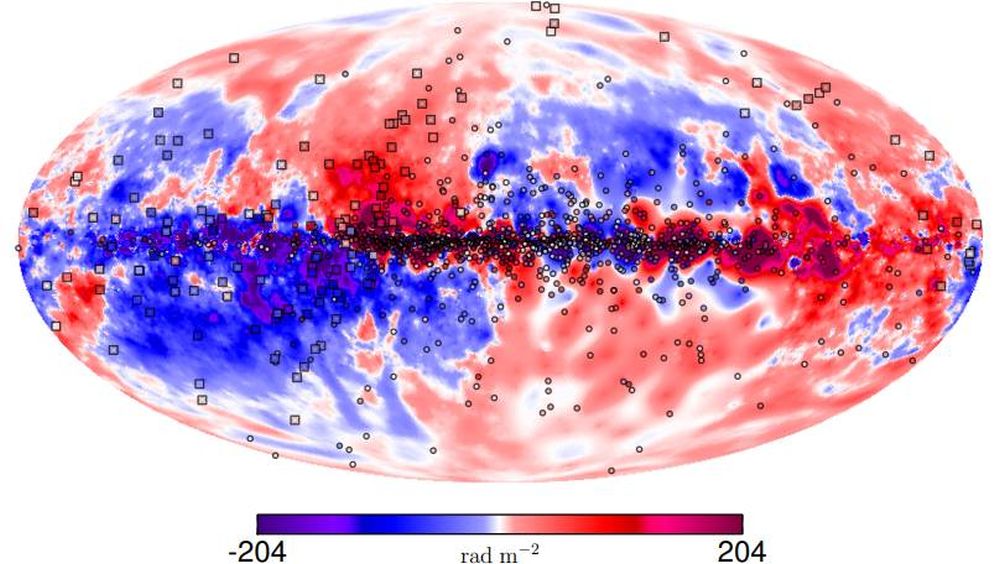
The Milky Way galaxy has its own magnetic field. It’s extremely weak compared to Earth’s; thousands of times weaker, in fact. But astronomers want to know more about it because of what it can tell us about star formation, cosmic rays, and a host of other astrophysical processes.
Continue reading “This is the Milky Way’s Magnetic Field”The Most Massive Neutron Star has been Found. It’s ALMOST the Most Massive Neutron Star That’s Even Possible
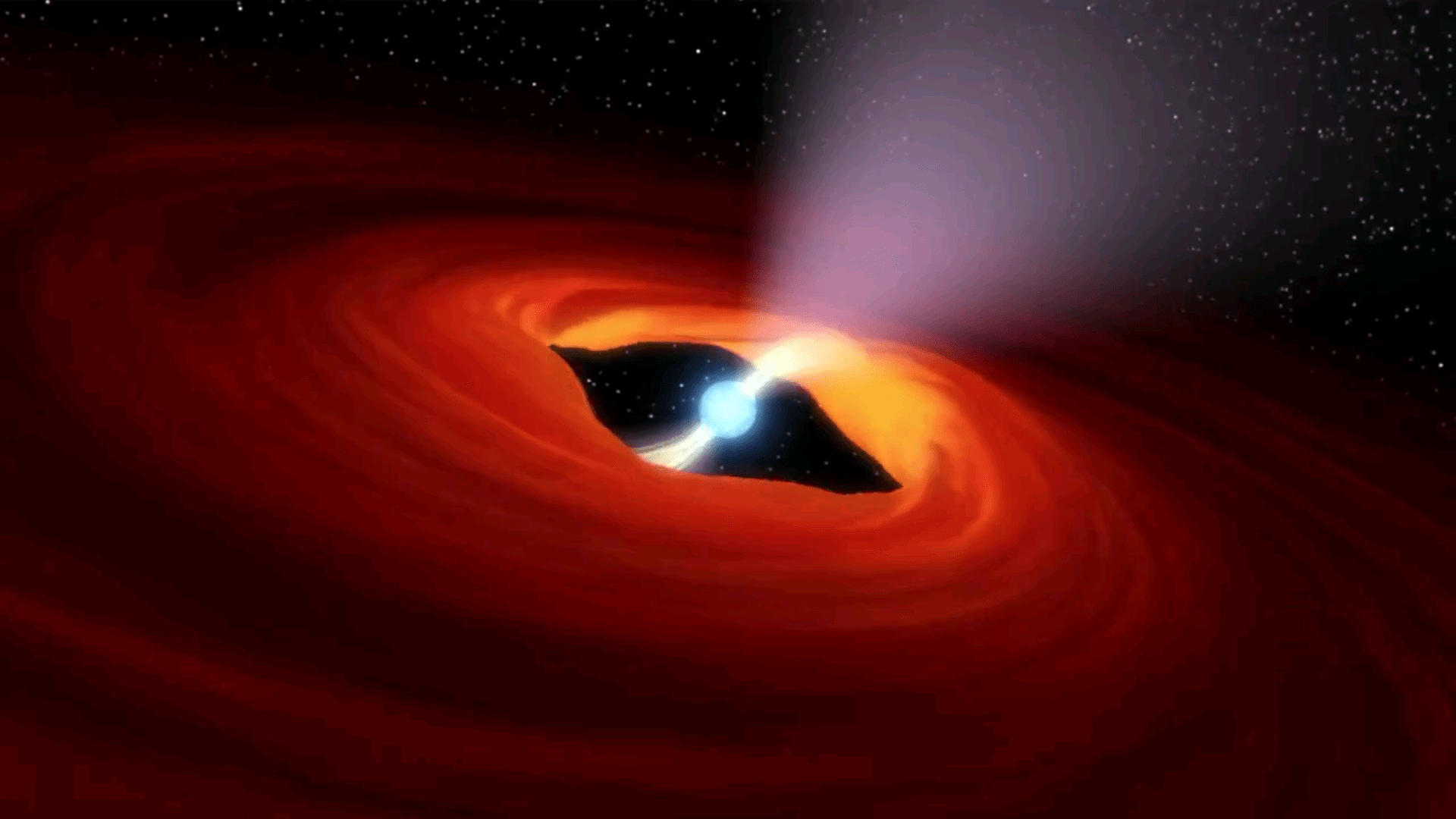
Neutron stars are the end-state of massive stars that have spent their fuel and exploded as supernovae. There’s an upper limit to their mass, because a massive enough star won’t become a neutron star; it’ll become a black hole. But finding that upper mass limit, or tipping point, between a star that becomes a black hole and one that becomes a neutron star, is something astronomers are still working on.
Now a new discovery from astronomers using the National Science Foundation’s (NSF) Green Bank Telescope (GBT) have found the most massive neutron star yet, putting some solid data in place about the so-called tipping point.
Continue reading “The Most Massive Neutron Star has been Found. It’s ALMOST the Most Massive Neutron Star That’s Even Possible”Neutron Star Suffers a “Glitch”, Gives Astronomers a Glimpse Into How They Work
What, exactly, is the inside of a neutron star like?
A neutron star is what remains after a massive star goes supernova. It’s a tightly-packed, ultra-dense body made of—you guessed it—neutrons. Actually, that’s not absolutely true.
Continue reading “Neutron Star Suffers a “Glitch”, Gives Astronomers a Glimpse Into How They Work”NASA is building up a map of the entire sky seen in X-rays, line by line with its NICER experiment
In June of 2017, NASA’s Neutron Star Interior Composition Explorer (NICER) was installed aboard the International Space Station (ISS). The purpose of this instrument is to provide high-precision measurements of neutron stars and other super-dense objects that are on the verge of collapsing into black holes. NICER is also be the first instrument designed to test technology that will use pulsars as navigation beacons.
Recently, NASA used data obtained from NICER’s first 22 months of science operations to create an x-ray map of the entire sky. What resulted was a lovely image that looks like a long-exposure image of fire dancers, solar flare activity from hundreds of stars, or even a visualization of the world wide web. But in fact, each bright spot represents an x-ray source while the bright filaments are their paths across the night sky.
Continue reading “NASA is building up a map of the entire sky seen in X-rays, line by line with its NICER experiment”



